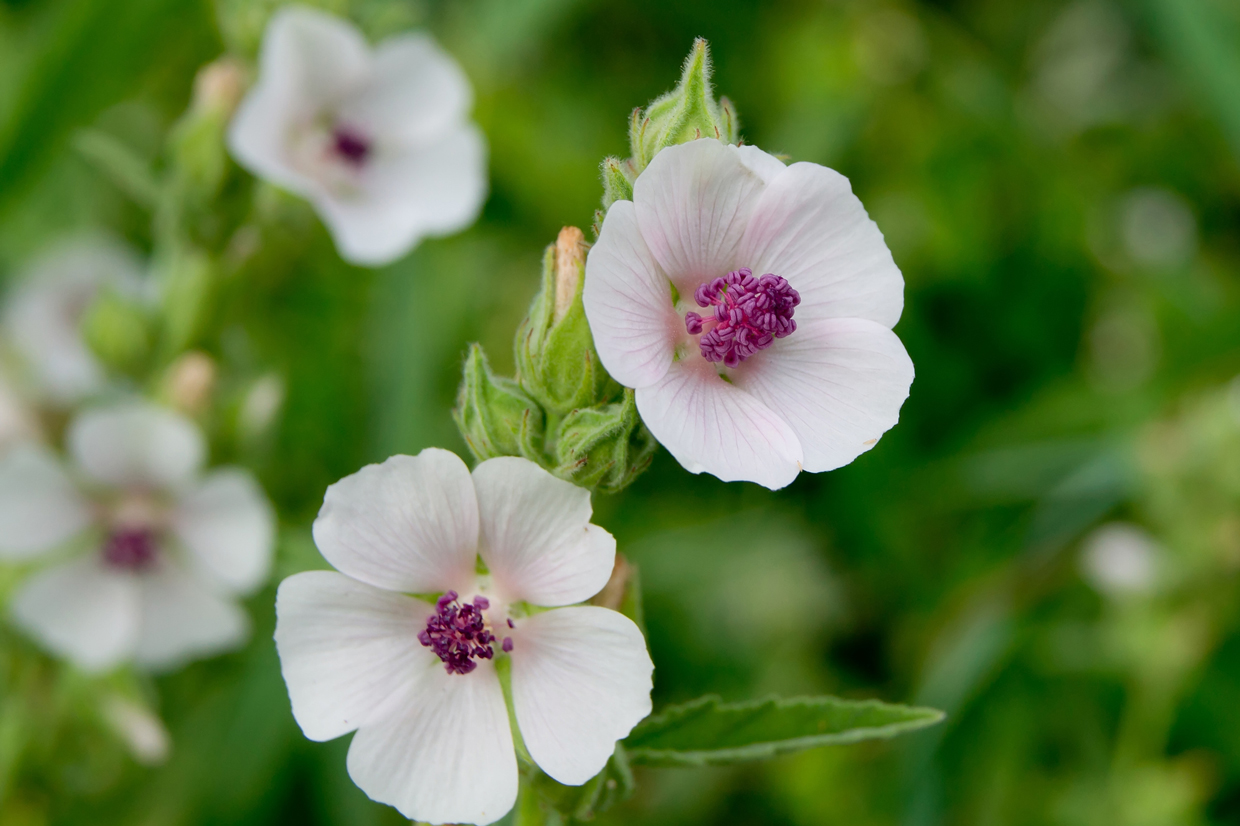
What is marshmallow root?
By T.J. Phoenix
Marshmallow root (Althaea officinalis) is a perennial herb that’s native to Europe, Western Asia, and Northern Africa. It’s been used as a folk remedy for thousands of years to treat digestive, respiratory, and skin conditions.
Its healing powers are due in part to the mucilage it contains. It’s typically consumed in capsule, tincture, or tea form. It’s also used in skin products and cough syrups.
Many people use marshmallow root for various ailments, including coughs, skin irritation, and digestive problems, such as ulcers. It comes in the forms of a powder, capsule, tea, and cough syrup.
Marshmallow root comes from the marshmallow plant and looks like a brown, fibrous husk. The flowers, root, and leaves of the marshmallow plant are edible.
The medicinal properties of marshmallow root come from the mucilage, or sap-like substance, that the plant produces.
Many of the benefits of marshmallow root come from its high mucilage content.
Mucilaginous means that it forms a thicker, gelatinous substance when it comes into contact with water. This makes marshmallow ideal for soothing inflamed tissues.
Marshmallow root can help to heal an irritated and inflamed respiratory system, supports healthy intestinal tissues, while also supporting a balanced immune response and can be an effective natural cough remedy.
It's most often used by herbalists for dry coughs because it helps to moisturize and soothe the lungs, throat, and mouth.
But marshmallow can also help to loosen mucous and relieve coughs coming from a cold or bronchitis.
Marshmallow extract is a main ingredient in many different natural cough syrups and lozenges and is ideal for soothing a sore throat.
It can be even more effective when combined with other herbs like slippery elm and mullein.
For coughs, sore throat, and chest congestion, try marshmallow root in tea.
The mucilage of the plant contains antioxidants, and research suggests that it forms a coating over skin and the digestive tract. By doing this, it may help with skin irritation and digestive issues, such as ulcers.
Marshmallow candy got its name from marshmallow root because manufacturers originally used the root’s mucilage to make this confection. Today, however, candy marshmallows typically do not contain the herb. Instead, they consist of sugar and gelatin.
Protecting the throat from gastric reflux
When gastric reflux occurs, acid from the stomach flows back up into the throat, which can cause damage to the esophagus. The demulcent effect, whereby the mucilage coats a person’s esophagus, can protect it from the stomach’s damaging acids.
The powdered root form of the plant may be more effective than a tea or tincture, as the herb needs direct contact with the membranes to coat the throat.
Side effects
Marshmallow root is unlikely to cause side effects when a person uses it properly. Most research has shown that people have a very low risk of adverse reactions.
However, in rare instances, people may be allergic to marshmallow root. To check for a skin allergy, they can apply a small amount of marshmallow root to the area of skin inside the elbow. If no reaction occurs within 24 hours, it should be safe to use elsewhere on the skin.
